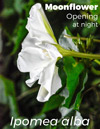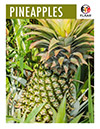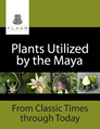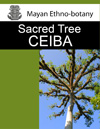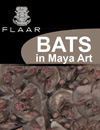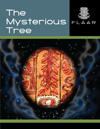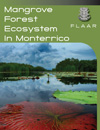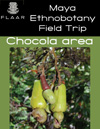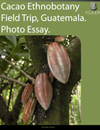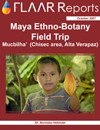Millipedes in addition to Centipedes in Maya iconography and mythology
Posted Jan. 8, 2013
Several years ago we (at FLAAR Mesoamerica) began to list every insect, spider, reptile, amphibian, seashell, fish, feline, bird, which appears in Maya art or hieroglyphs, or which is mentioned in the Popol Vuh or comparable myths.
For 2013 we are focusing on arthropods in general, including centipedes, millipedes (myriapods) and arachnids. We have also been studying insects now for several years (especially two genera of cochinilla, local butterflies and stingless bees).
|
The informative articles from 1994 onward focus on centipedes; but.... what about millipedes? Yes, they are not venomous, but look at their "fanged" exoskeleton structure. Photograph by Nicholas Hellmuth, 21 megapixel Canon EOS 1Ds Mark III, 100mm Canon macro lens; Canon ring light (macro light around the macro lens). This image can be enlarged to over a meter with abundant detail. We will also have photographs of all these millipedes in other positions. But the millipede is fully alive here, and it preferred to be rolled up, so we let it stay in its favored position. Near Rio Dulce, Izabal, Guatemala. Elevation about 50 meters, early January 2013. |
What we are finding is that several aspects of the iconography of composite saurian monsters can be improved if you have more information on the various creatures which were the model. I also would not be surprised if millipedes have some features of interest (millipedes eat plants; centipedes can be venomous and are remarkably aggressive (they can run surprisingly fast)).
We recently found one photogenic species of millipede, two species of centipedes, and at least two species of scorpions (plus a great black tarantula) in the Izabal area (elevation less than 50 meters above sea level). We now look forward to finding additional species in other eco-systems.
All photographs, at high-resolution, and in macro-detail (and some with stacked-focus technology) will be made available for scholars, students, and interested individuals on our web site network.
Several capable iconographers and epigraphers have written articles from 1994 onward about centipedes in Maya art. We list these authors on www.maya-ethnozoology.org. Our new finds on creatures with more than six legs will allow revising much of what has been written on "centipedes" in Maya art.


















